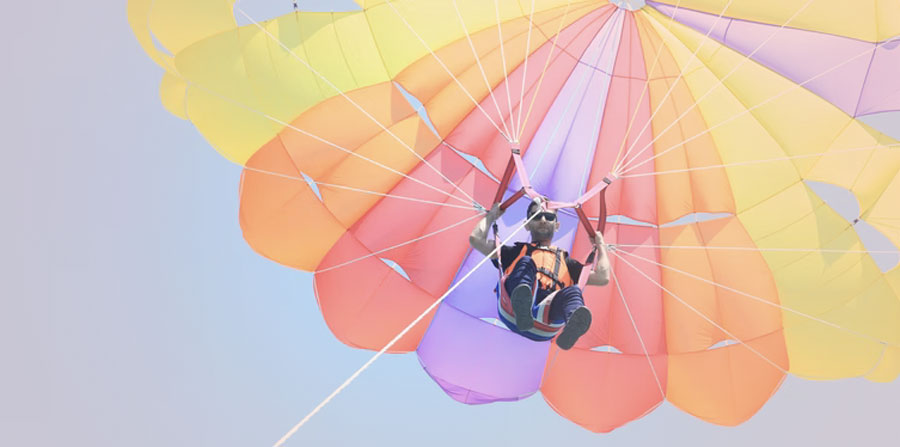Parachutes are also known as bailout systems with both military and civilian applications. The systems usually include an oxygen bottle and canopy release. Custom-made parachutes are available for different altitudes and multiple users. Advanced technologies help users to land even with heavyweight loads. Here are two custom parachutes consumers routinely order.
High Altitude
Fans of action-adventure movies have long enjoyed scenes of spies jumping from airplanes or skyscrapers, using a high-altitude parachute. New technology may give the military and parachuting enthusiasts the opportunity to control the chute with a device.
These navigation systems monitor wind speeds and altitude, displaying information in the goggles. A navigating helmet pod gives the airborne person control over the landing and identifying precise zones to land.
Some custom parachutes offer life support for those who bail at altitudes reaching higher than 12,000 feet. Automatic oxygen activation is one feature, which provides an oxygen bottle to support the person before he pulls the ripcord. In some cases, the parachute will automatically deploy at a certain altitude in the event the user is not conscious.
These extra safety measures are an added value, particularly in military applications or consumer emergencies.
Tandem
Tandem parachutes are for skydiving applications. Thrill-seekers who are just learning how to dive can jump in tandem with an experienced professional. These industrial-grade systems generally offer sturdy construction and simple-to-understand instructions.
Buyers tend to purchase higher quality systems to ensure long equipment life, experiencing approximately 2000 jumps before replacing.

